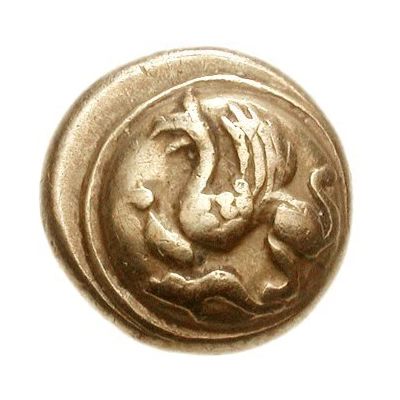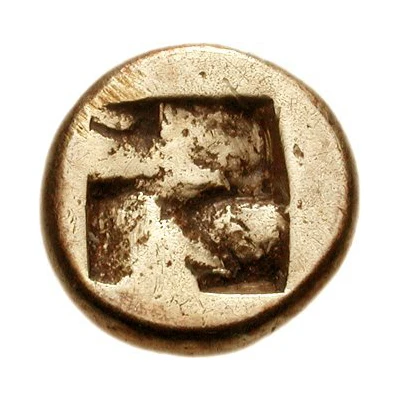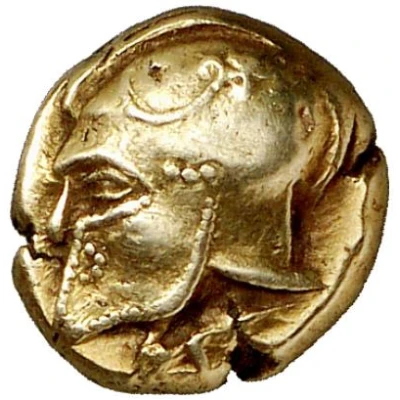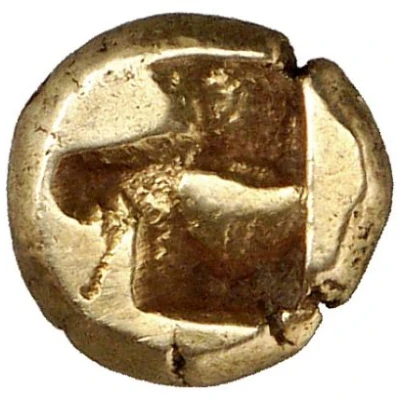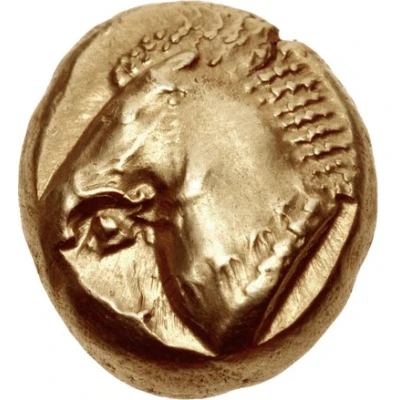
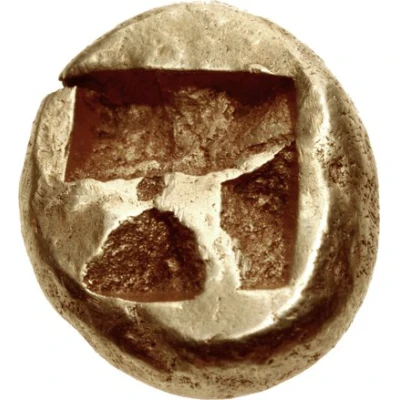

© Classical Numismatic Group, Inc.
Hekte 521 BC - 478 BC
| Electrum | 2.56 g | 9.5 mm |
| Issuer | Phokaia (Ionia) |
|---|---|
| Type | Standard circulation coin |
| Years | 521 BC - 478 BC |
| Value | Hekte (10⁄3) |
| Currency | Drachm |
| Composition | Electrum |
| Weight | 2.56 g |
| Diameter | 9.5 mm |
| Shape | Round (irregular) |
| Technique | Hammered, Incuse |
| Demonetized | Yes |
| Updated | 2024-10-10 |
| Numista | N#147836 |
|---|---|
| Rarity index | 100% |
Reverse
Quadripartite incuse square
Interesting fact
The Hekte coin was used as a form of currency in the ancient city of Phokaia, which was located in the region of Ionia (now modern-day Turkey). Despite its small weight of 2.56 grams, the Hekte was a valuable coin during its time and was widely used for trade and commerce. Its value was equivalent to about 1/6 of a standard Greek drachma, making it a significant amount for everyday transactions. The fact that the Hekte was made of electrum, a naturally occurring alloy of gold and silver, also adds to its historical significance. Electrum was a highly valued material in ancient times, and the use of it in coins like the Hekte speaks to the advanced metallurgical skills of the ancient Phokaian civilization. Overall, the Hekte coin provides a fascinating glimpse into the economic and cultural practices of ancient Phokaia, and its use of electrum highlights the advanced technological capabilities of the time.
